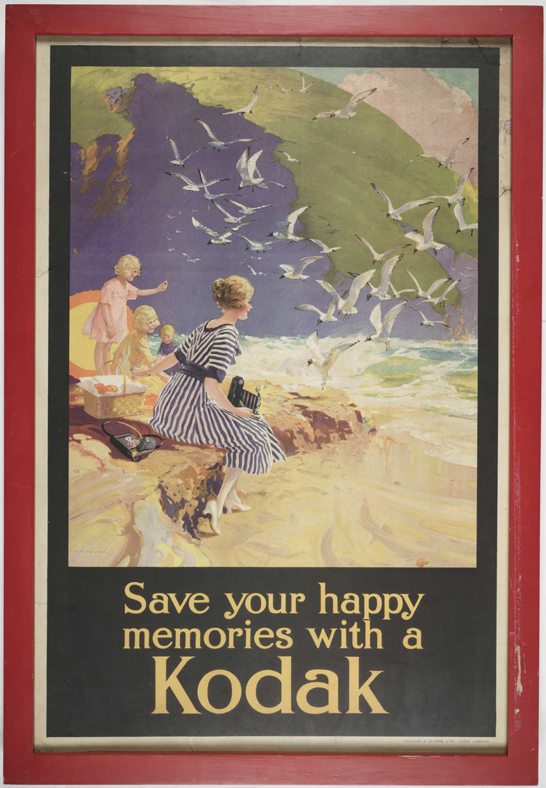Tomorrow is International Museum Day, with over 30,000 museums across the globe participating in some way. The theme for this year focuses on something we think is pretty important:
Memory + Creativity = Social Change
Read on for our take on the theme, and to find out how you can share your memories of this museum as part of our 30th birthday celebrations.

We’re as proud of our creativity as we are our collection
The simple equation created for IMD 2013 neatly encapsulates why museums can be such a positive influence on society. In choosing this theme, the International Council of Museums has highlighted three valuable characteristics which define what museums are today.
We are proud of the creativity that thrives here in Bradford.
With passionate, dedicated staff, over 3.5 million items of historical significance in our archives, an engaging cultural programme, and partnerships with institutions around the world, we’re able to make the rich cultural treasures in our care (and the memories they evoke/create) available to everyone, so that we can all learn from the history of the still and moving image.
We drive into the future using only our rear-view mirror. The way we view the world is by cross-referencing the unfamiliar images we see with an encyclopaedia of remembered, familiar images stored in the brain. Therefore our sense of vision, even of the present, is intimately connected with our sense of memory.
—Iain Logie Baird, Associate Curator
We aim to be the best museum in world for inspiring people to learn about, engage with and create media, and we want future generations to use media in all its forms to make a positive impact on society.
A museum of social history
Our archives contain all manner of items that relate directly to the concepts of memory, creativity and social change.
From the earliest incarnations of film, photography and television, to the history of advertising, the popularity of videogames and the ever-increasing reach of the internet, our collection showcases the ways in which visual media has been instrumental in documenting and broadcasting life.
A key strength of our collection is the cultural connections between the different forms of media, as well as the technologies used to create them.
A museum of science and technology
The examples of cameras and broadcasting equipment in our collection illustrate the evolution of the technologies responsible for revolutionising the ways in which we documented the world (big concept, big sentence). Key examples from the history of the still and moving image include some of the earliest camera experiments by William Henry Fox Talbot, John Logie Baird’s pioneering television apparatus, and the Le Prince single-lens camera.
These revolutionary objects sit side by side with ordinary, every day items preserved here, such as the Kodak Brownie, the camera that democratised photography by beginning a trend for snapshot photographs that continues to this day via ever more sophisticated mobile devices and social platforms.
In the complex calculations that shape our lives, photography is a common denominator. A trigger for personal and shared memories, photography is also one of our greatest creative tools. Combining these diverse properties creates a powerful force that is both a mirror of society and a catalyst for social change.
—Colin Harding, Curator of Photographic Technology
Photographs, film and television footage, posters, advertisements, magic lantern slides and animation cels all serve to give us insights into the past, both as a record of changes in society, and as triggers that led to change. Think about how different our world would be without some of the methods of communication we take for granted today, like photographs, films, and television.
It is thanks to the ingenuity of still and moving image pioneers—whose work we hold in the collection—everyone can capture and share the movement, sound, and colour of their memories.
—Claire Hampton, Curator of Film and Broadcast
Memories of your Museum
While we’re on the subject of memory, we’ll be celebrating our 30th birthday next month—time for a bit of nostalgia.
We want to know about your memories of this museum. Did you come here as a child? Have you brought your own children here? Are you local? Do you recall the museum being built? Do you think the museum has had a positive impact on Bradford? What do you remember about visiting us, and what is your favourite thing about the museum, be it an object from our collection, an exhibition, or our cinemas?
Watch this space for more information on how to share your memories with us, and what we’re going to do with them.
Have a happy International Museum Day, everyone!
One comment on “A powerful equation for International Museum Day 2013”